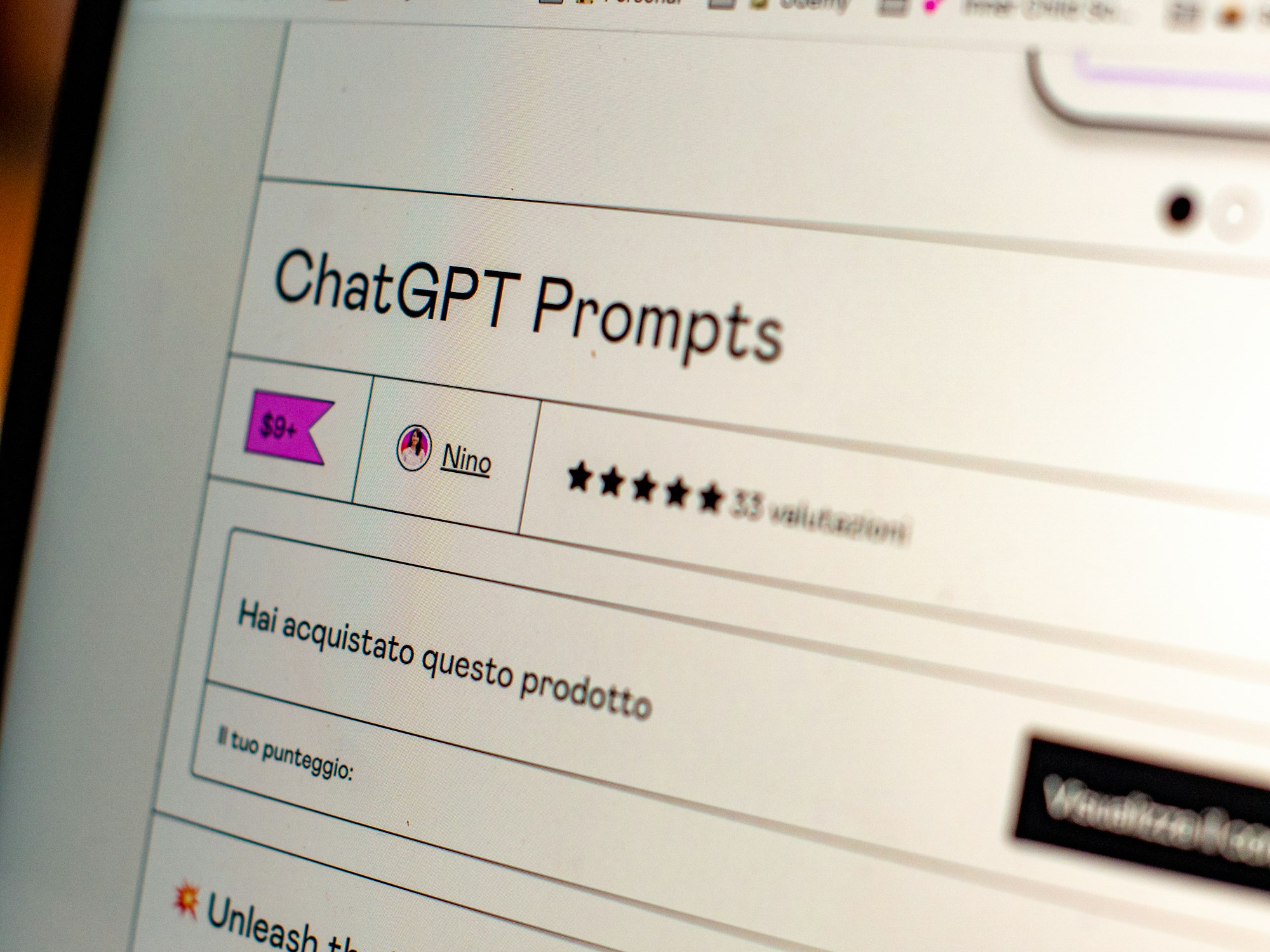Mastering Prompt Engineering with OpenAI: Translating Programming Language
Mastering Prompt Engineering with OpenAI: Translating Programming Language from GO to Python

In the realm of artificial intelligence, one of the most fascinating and practical applications is the concept of "prompt engineering". A process unique to language models like OpenAI's GPT-3 and GPT-4, prompt engineering involves carefully crafting the input, or "prompt", to guide the AI to generate a desired output.
One interesting use case of prompt engineering is the translation of programming languages. For instance, we could ask the AI to translate a web server's code written in Go (using the gin-gonic web framework) into Python (using the Flask web framework).
Understanding the Problem
Here's a simple Go program using gin-gonic to serve a "ping" RESTful API:
package main
import "github.com/gin-gonic/gin"
func main() {
r := gin.Default()
r.GET("/ping", func(c *gin.Context) {
c.JSON(200, gin.H{
"message": "pong",
})
})
r.Run()
}
We want to convert this Go code to a similar Python code using the Flask web framework.
Crafting the Prompt
To achieve this, the AI model needs a well-designed prompt that clearly conveys our objective. We could start by explaining the task and providing the Go code:
Translate the following Go code, which uses the gin-gonic web framework to serve a "ping" RESTful API, into Python code using the Flask web framework:
[Go code here]By specifying the source and target programming languages, and the frameworks used, we guide the AI towards the desired output.
Generating the Output
from flask import Flask, jsonify
app = Flask(__name__)
@app.route('/ping', methods=['GET'])
def ping():
return jsonify(message="pong"), 200
if __name__ == '__main__':
app.run(debug=True)
This Python code uses Flask to achieve the same result as the original Go code.
Conclusion
This simple example shows how we can use prompt engineering to harness the power of AI for translating programming languages. This approach can save developers valuable time and can even be used as a learning tool for those who want to pick up a new programming language.
For more insights into prompt engineering with OpenAI, check out the OpenAI Cookbook's guide on better prompt design.
For tutorials on the Go language and gin-gonic web framework, check out Go by Example and gin-gonic's official documentation.
For Python and Flask, The Flask Mega-Tutorial is a comprehensive resource.
Remember, the key to successful prompt engineering is to provide clear, concise instructions and to specify the context as much as possible. Happy coding!
